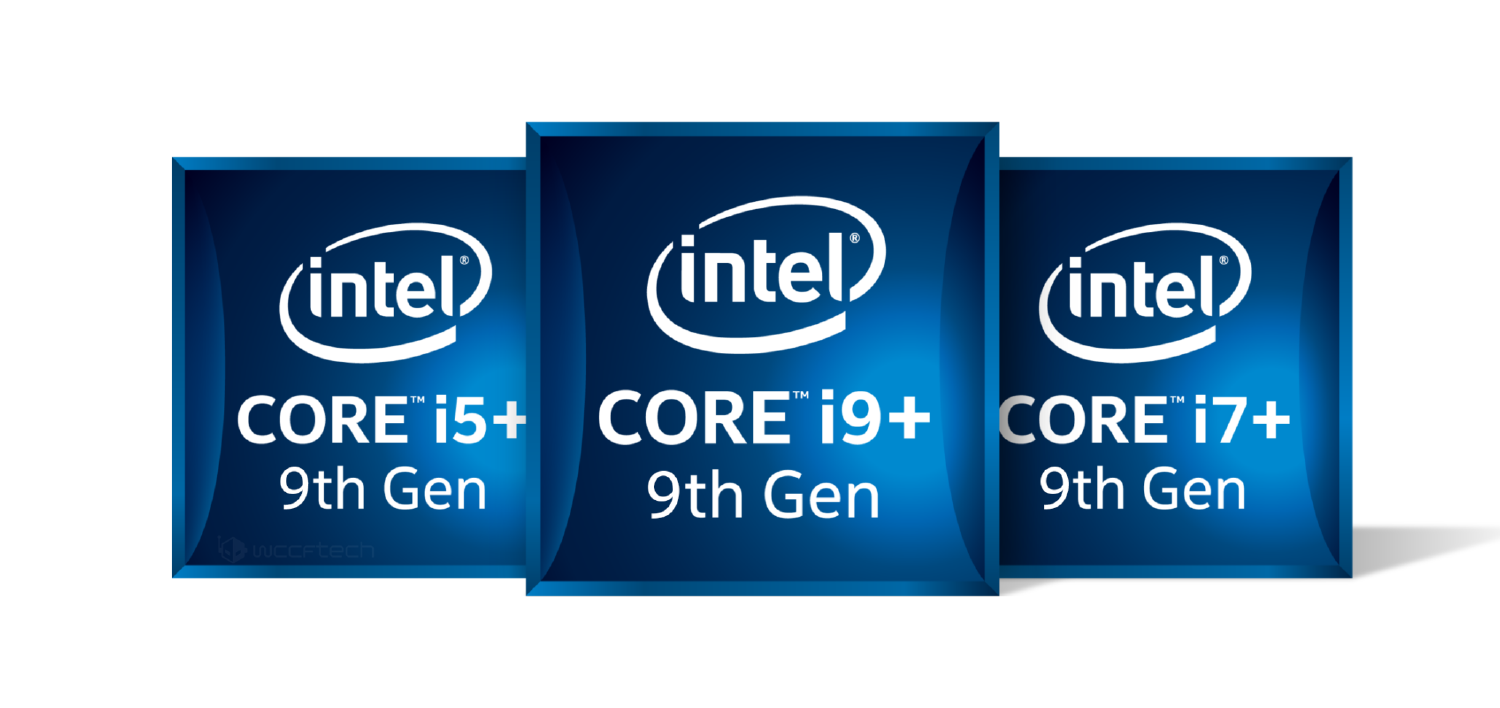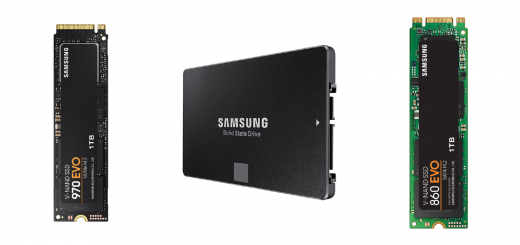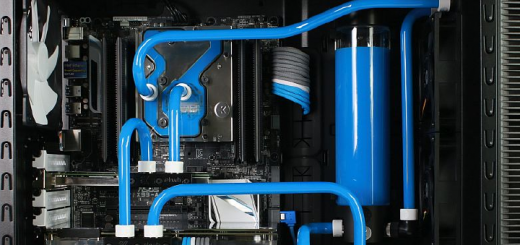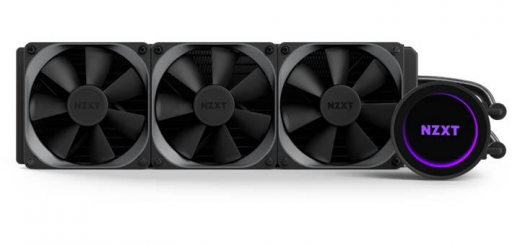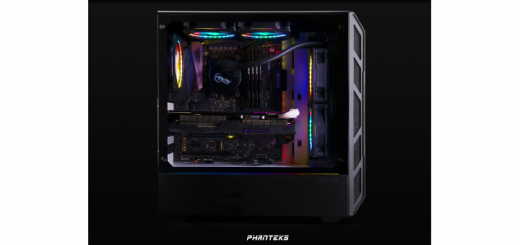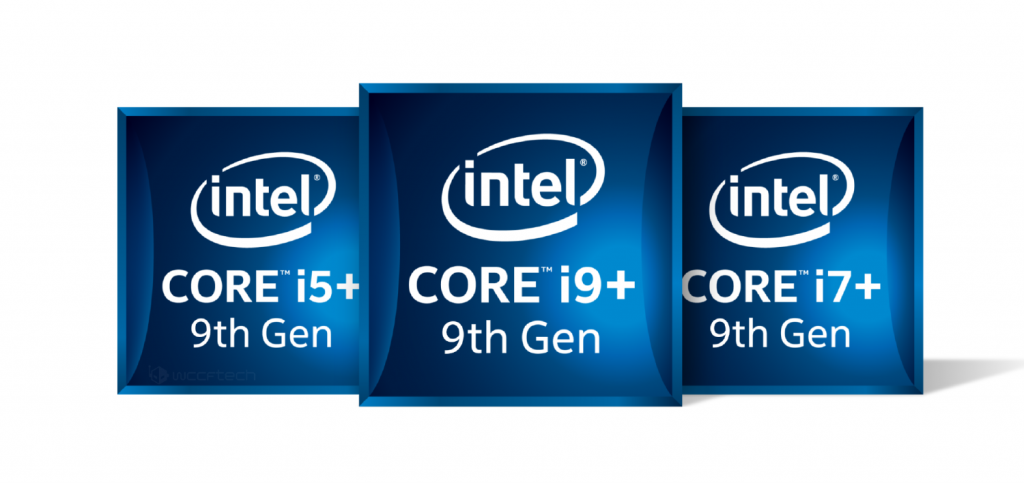 Computers and laptops are an essential part of our lives today. We use them to accomplish a wide variety of tasks. Some of us use them for browsing the internet and watching movies while others employ them for gaming, online streaming, and video rendering.
Computers and laptops are an essential part of our lives today. We use them to accomplish a wide variety of tasks. Some of us use them for browsing the internet and watching movies while others employ them for gaming, online streaming, and video rendering.
A processor is at the center of all operations performed by a computer or laptop. It is responsible for the execution of workloads. The capability of a processor to handle certain tasks and the speed with which it accomplishes them depend on its specifications.
There is a wide range of processors available in the market each with varying specifications. They are available primarily from two manufacturers – Intel and AMD. Each company offers a broad selection of processors for its consumers.
Cores and Threads in Processors
Processors can be primarily differentiated based on their core and thread count.
Cores
The performance of a processor primarily depends on the number of cores it has. Modern consumer processors have cores in multiples of two. They can have two, four, six or eight cores depending on their specifications. Single core processors used to exist a few years back but are no longer manufactured.
A computer performs multiple tasks at a time. It may be running an antivirus scan in the background while you are browsing the internet on a web browser. Each core of a processor can handle a task at a time independently of other cores. If a processor has two cores, it can perform two tasks simultaneously. If it has four cores, it can handle four tasks simultaneously.
The higher is the core count of a processor, the more tasks it can process in parallel. In reality, a task does not necessarily refer to individual applications. Even a single application can request multiple independent tasks simultaneously.
Threads
To simply put, each task being executed in a processor’s core is called a thread. A single core of a processor can handle a single task at a time. However, sometimes a task being executed in the core of a processor may be paused. It may wait for an input from the user or another task to finish. It renders the core executing that task idle.
To make the processors more efficient, manufacturers implement a technique called multithreading. Whenever one of the cores of a processor becomes idle, it switches to another task or thread that is waiting to be executed. The cores switch between different threads as and when required for maximizing the processor’s performance. Processors may or may not support multithreading depending on their specifications.
Choosing the Right Processor – Dual-Core vs Quad-Core vs Six-Core vs Eight-Core
Choosing the right processor can be quite tricky considering the plethora of options available. Most of us want to spend the minimum possible amount on a processor and don’t want to compromise on performance either. We have classified processors based on their cores and the ideal scenarios they are suitable for to the best of our knowledge. The following information may help you in deciding the right processor for your requirements.
Dual-Core Processors – Casual Computing
Dual-core processors were quite common a few years ago, but they are lowest tier processors available today. If you are going to use your computer strictly for browsing the Internet, creating word and excel files, watching movies or listening to music, then a dual-core processor will be sufficient for you.
Dual-core processors are quite cheap and still have enough processing power for performing basic tasks. You won’t be able to play demanding games (you can play Solitaire) or edit videos. If you need a computer for your office’s reception or data entry operations, or for sending emails and browsing the Internet at home, a desktop or laptop with a dual-core processor will be a wise choice.
Dual-core processors are available in with two and four thread support in the Indian market. It is better to opt for a dual-core processor with four threads as it will have slightly better performance than a dual-core processor with two threads.
Quad-Core Processors – Mainstream Computing, Programming, Gaming
Quad-core Processors are the mainstream offerings today. Most entry-level laptops and desktops feature quad-core processors. These processors can handle most day-to-day applications and are a great option for mainstream gaming. They are cheaper than their 6-core and 8-core counterparts but still deliver adequate performance for gaming.
Quad-core processors are available with four threads and eight threads. The four-thread quad-core processors don’t support multithreading and are comparatively cheaper. The eight-thread quad-core processors cost more but also deliver better performance in applications that use multithreading. Gamers who want to build a budget PC and people who need a desktop or laptop for daily use in their homes and offices can consider a quad-core processor without multithreading.
Developers, programmers, and gamers who need a more powerful computer or laptop can consider a quad-core processor with multithreading. These processors are more than adequate for the majority of the users in the market. They are a sweet spot when it comes to price-performance ratio. They are also a great option for home theatre PCs.
Hexa (Six)-core Processors – CPU Intensive Games and Workloads, Full-stack Application Development
Hexa-core processors are the new high-end processors when it comes to consumer-grade desktops. Their six cores are sufficient for most workloads in modern environments. They can be used for video production and rendering full-stack application development and will be more than adequate for CPU intensive games especially of the Massively Multiplayer Online (MMO) genre.
Hexa-core processors are available with and without multithreading support. Users who run applications that utilize multithreading can consider a processor that supports the same. Games don’t depend as much on multithreading, and therefore a hexacore CPU without hyperthreading will be the ideal choice.
Octa-Core Processors – 4K Editing and Rendering, Streaming and Gaming Simultaneously
Octa-Core Processors are premium offerings in today’s desktop segment. They are designed for the users who run CPU intensive applications and enthusiasts who want nothing but the best. Their eight cores will handle any home or office task nonchalantly. Octa-core processors are quite expensive and can carry a price tag of an entry-level computer or laptop.
These processors are overkill for gaming as there are hardly any games that will utilize eight processor cores efficiently. Octa-core processors can be considered by users who perform multiple CPU intensive tasks simultaneously. Gamers who like to stream their playthrough may benefit from an Octa-Core processor. Users who render videos in 4K or 8K resolution can also consider eight-core processors. Octa-core processors are also available in multithreaded and non-multithreaded variants.
We hope that the above distinction will help you in deciding the right processor for you. If money is not objective, you can always go for the best consumer processor available in the market if you can utilize it efficiently. However, if you are going to write emails and browse the Internet, a six or eight-core processor will be a wastage of money and power. Therefore it is best to opt for a processor that will suit your requirements.
One thing to note is that desktop processors are going to be more powerful than laptop processors. It is because laptop or notebook processors are designed for power efficiency in order to prolong the battery backup. Heat management is also difficult in laptops due to limited air flow. Therefore, notebook processors operate at lower frequencies than their desktop counterparts for minimizing heat generated.
